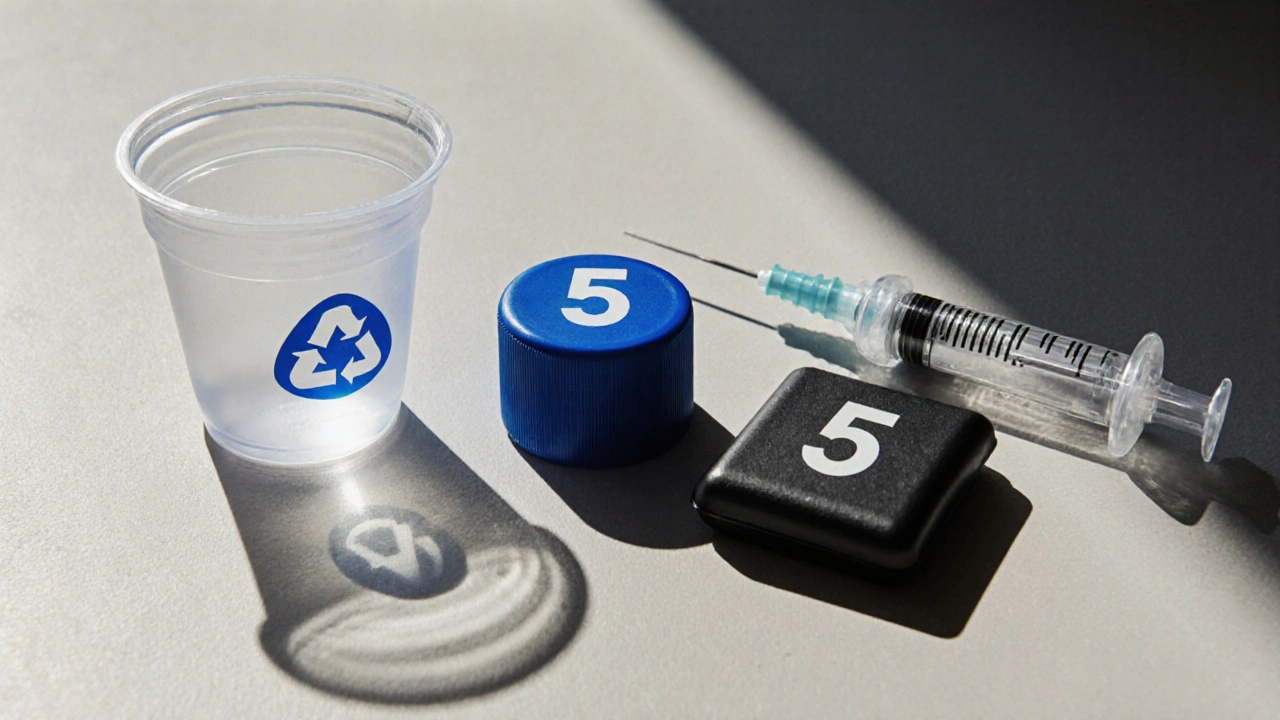Code 5 Plastic – What It Is and Why It Matters
When working with code 5 plastic, a polymer classified as #5, technically known as polypropylene (PP). Also called PP, it’s widely used in packaging, automotive parts, and textiles. Meanwhile, polypropylene offers chemical resistance, a high melting point, and low density drives many Indian manufacturing lines. plastic recycling processes that melt and remold used code 5 items into new products is crucial to curb waste, while single‑use plastic often includes code 5 forms like bottle caps and food trays adds pressure on waste‑management systems. In short, code 5 plastic sits at the intersection of industrial demand and environmental responsibility.
Key Benefits and Challenges of Code 5 Plastic
Code 5 plastic is a type of polymer that delivers strength without heavy weight, which is why automotive manufacturers in Gujarat choose it for interior trims. The material also resists chemicals, making it a favorite for food‑grade containers. However, its low market price tempts over‑production, and when discarded it contributes to the growing pile of single‑use items. Recycling code 5 streams is harder than for #1 PET because the melt flow index varies widely, demanding precise sorting technology. Indian recycling firms are adopting optical sorters to separate PP from other plastics, showing how technology influences waste‑reduction outcomes.
From a policy angle, the Indian government’s push for a circular economy means code 5 plastic must meet stricter extended producer responsibility (EPR) norms. Companies that embed PP in their products now need to fund collection and recycling programs, linking manufacturing decisions directly to waste‑management performance. This regulatory link creates a feedback loop: better design leads to easier recycling, which then improves compliance scores.
Environmental groups highlight that code 5 items often slip through beach clean‑ups because their small size makes them hard to spot. When these fragments enter oceans, they break down into micro‑plastics that affect marine life. Studies from coastal Indian states show a correlation between high PP usage and micro‑plastic concentrations in tidal zones, illustrating how a single polymer class can influence broader ecological health.
Looking ahead, innovators are exploring bio‑based polypropylene blends that retain the same performance but reduce fossil‑fuel dependence. If these blends gain market traction, they could reshape the code 5 landscape, offering a greener alternative without sacrificing utility. Below, you’ll find articles that dive deeper into each of these angles—factory applications, recycling tech, policy shifts, and environmental impact—so you can see the full picture of code 5 plastic in today’s economy.

Code 5 Plastic Explained: Uses, Recycling & Safety
Learn what code 5 plastic (polypropylene) is, its key properties, common uses, recycling challenges, safety facts, and tips for proper disposal.
